Vietnam
Vietnam beckons with its breathtaking landscapes, from Sapa’s misty mountains to Ha Long Bay’s pristine waters and iconic Northern gems like Hanoi and Ninh Binh. Savor mouthwatering cuisine, from fragrant pho to fresh spring rolls, that delights every palate. Dive into unforgettable experiences—cruising emerald bays, exploring ancient temples or wandering bustling markets. Discover the magic of Vietnam with Auasia Travel expertly crafted tours below!
Vietnam Tours
Vietnam: What You Should Know
Vietnam, a peaceful and welcoming country in Southeast Asia and a proud member of ASEAN, captivates visitors with its stunning natural beauty and warm hospitality. From pristine sandy beaches to rugged mountains, and vibrant cities to serene villages, Vietnam offers diverse experiences for every traveler.
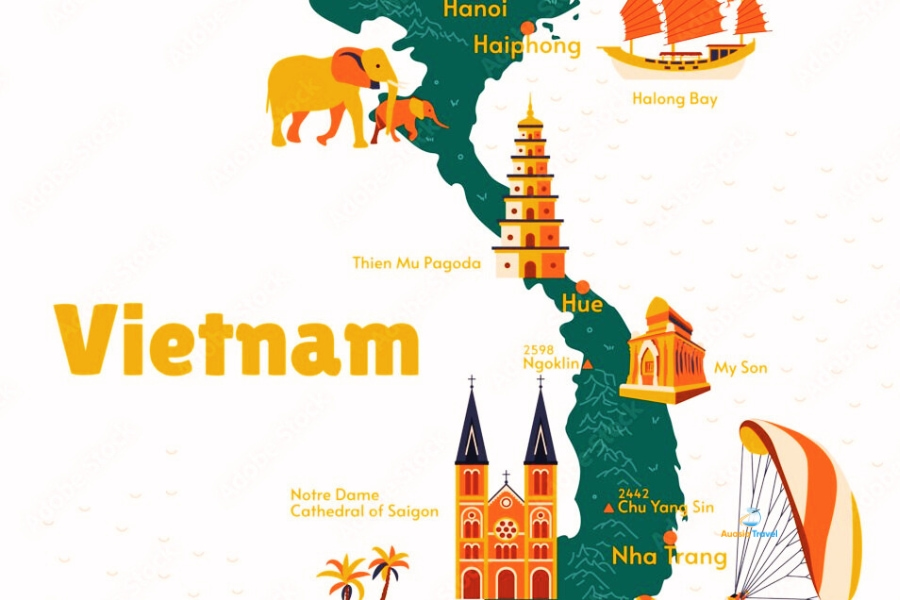
Table of Contents
I. History and Culture
Vietnam, nestled in Southeast Asia, captivates visitors with its vibrant history, diverse culture, and breathtaking natural landscapes. It shares borders with China, Laos, and Cambodia, with a long coastline along the East Sea (South China Sea). The country stretches 1,650 km from north to south, offering a diverse landscape ranging from towering mountains and lush forests to bustling cities and serene beaches.
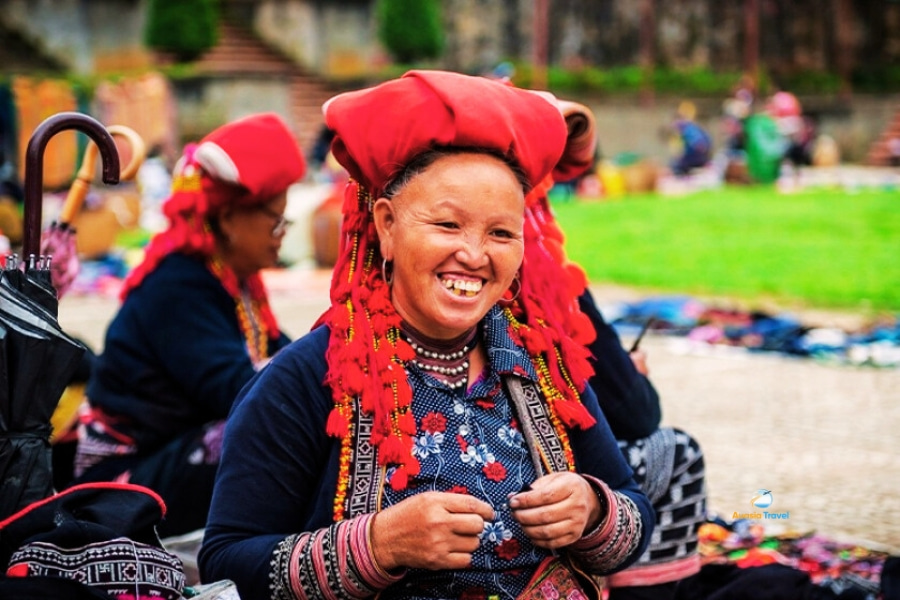
Vietnam’s history dates back thousands of years, influenced by Chinese, Khmer, and French civilizations. It was once part of the ancient Dong Son culture, later ruled by various dynasties before being colonized by France in the 19th century. After the Vietnam War, the country reunified in 1975 and has since grown into a thriving nation.
Vietnamese culture is deeply rooted in Confucian values, Buddhism, and local traditions. The country is home to 54 ethnic groups, with the Kinh (Viet) people being the majority. Traditional festivals like Tet (Lunar New Year) and Mid-Autumn Festival are widely celebrated.
II. Top Travel Destinations
Vietnam boasts a diverse range of must-see destinations, each offering unique charm and beauty:
Hanoi – The capital, known for its ancient temples, French colonial architecture, and vibrant Old Quarter.
Halong Bay – A UNESCO World Heritage Site famed for its towering limestone karsts and emerald-green waters.
Sapa & Ha Giang – Mountainous regions famous for rice terraces and ethnic minority cultures.
Hue – The former imperial capital with historic palaces, pagodas, and royal tombs.
Hoi An – A charming ancient town with lantern-lit streets, traditional markets, and beautiful beaches.
Ho Chi Minh City (Saigon) – A dynamic metropolis blending modern skyscrapers with historic landmarks.
Mekong Delta – A lush region of floating markets, rice paddies, and winding rivers.
Da Nang & Nha Trang – Coastal cities known for beautiful beaches and luxury resorts.
Phu Quoc & Con Dao Islands – Tropical paradise destinations with crystal-clear waters and unspoiled nature.
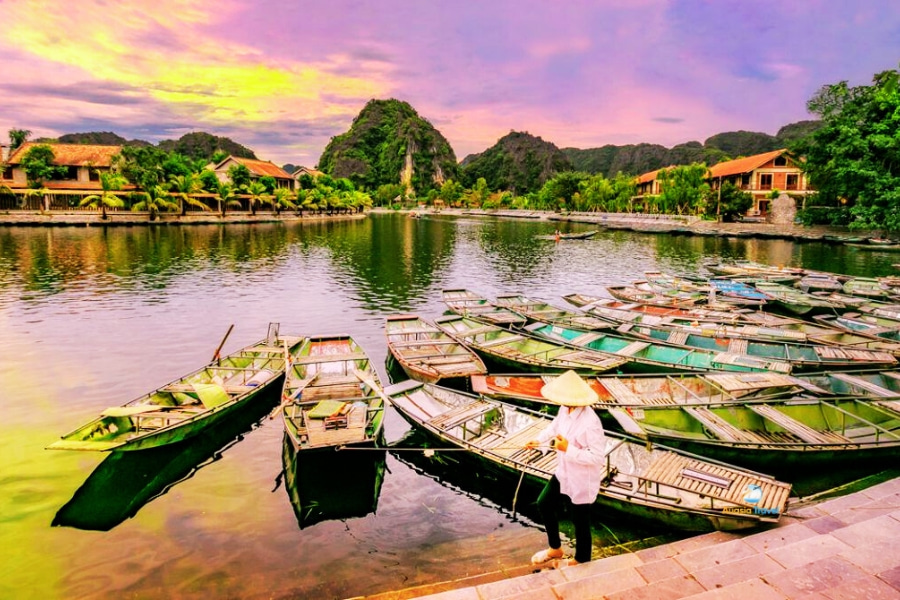
III. Vietnamese Cuisine
Vietnamese food is famous for its fresh ingredients, bold flavors, and balance of sweet, sour, salty, and spicy tastes. Signature dishes include:
Pho – A traditional Vietnamese soup featuring rice noodles in a fragrant broth with beef or chicken.
Banh Mi – A beloved Vietnamese street food, combining crisp baguette bread with savory meats, herbs, and pickled vegetables.
Bun Cha – Grilled pork with vermicelli noodles, popular in Hanoi.
Goi Cuon – Vietnamese fresh spring rolls filled with shrimp, pork, herbs, and vermicelli noodles.
Cao Lau – Hoi An’s signature noodle dish, combining chewy noodles, savory pork, and fresh herbs.
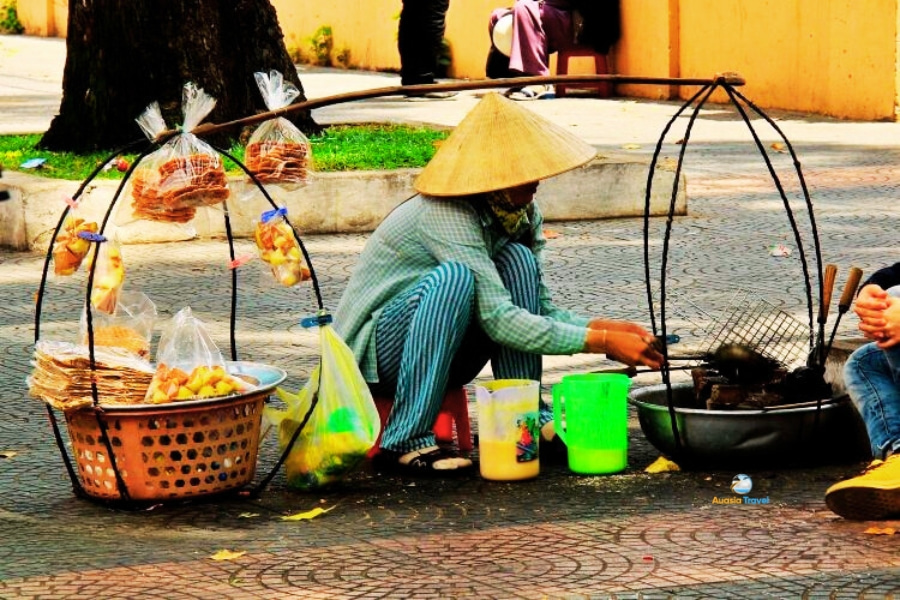
IV. Climate & Best Time to Visit
From the temperate north to the tropical south, Vietnam showcases a remarkable diversity of climates:
North (Hanoi, Sapa, Halong Bay) – Four seasons, with cool winters (Dec–Feb) and hot summers (May–Aug).
Central (Hoi An, Hue, Da Nang) – Warm year-round, with a rainy season (Sep–Dec).
South (Ho Chi Minh City, Mekong Delta, Phu Quoc) – Tropical climate with dry (Nov–Apr) and rainy (May–Oct) seasons.
The best time to visit depends on the region, but generally, October to April offers the most pleasant weather.
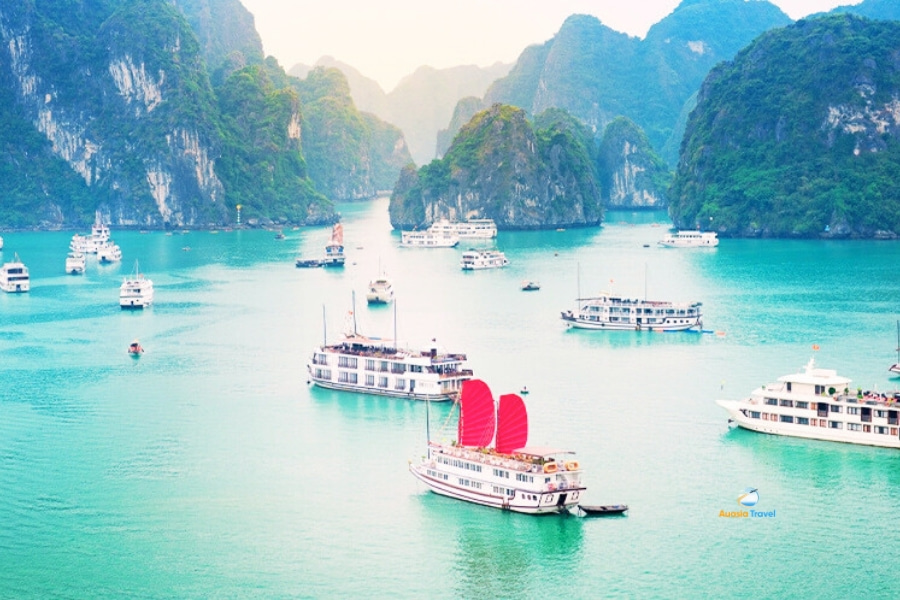
V. Vietnam Transportation
Navigating Vietnam’s bustling traffic can be challenging, so consider these local transportation options:
Cyclo: A traditional bicycle rickshaw offering a scenic city view. Riders usually speak basic English, with tourism-organized cyclo tours providing better communication but a slower pace.
Xe Om: A motorbike taxi for an authentic local experience. Negotiate fares beforehand or book a Grab bike for transparent pricing and clear routes.
Taxi: Trusted nationwide companies like SM Green Electric Taxi, Vinasun, and Mai Linh offer reliable services with convenient app-based bookings, comparable to Grab car fares.
Inter-Province Travel:
Buses & Trains connect major cities like Hanoi with other provinces.
Private Car Rentals: Auasia Travel is a reliable option for tours or business travel.
With various transportation choices, exploring Vietnam is easy and convenient!
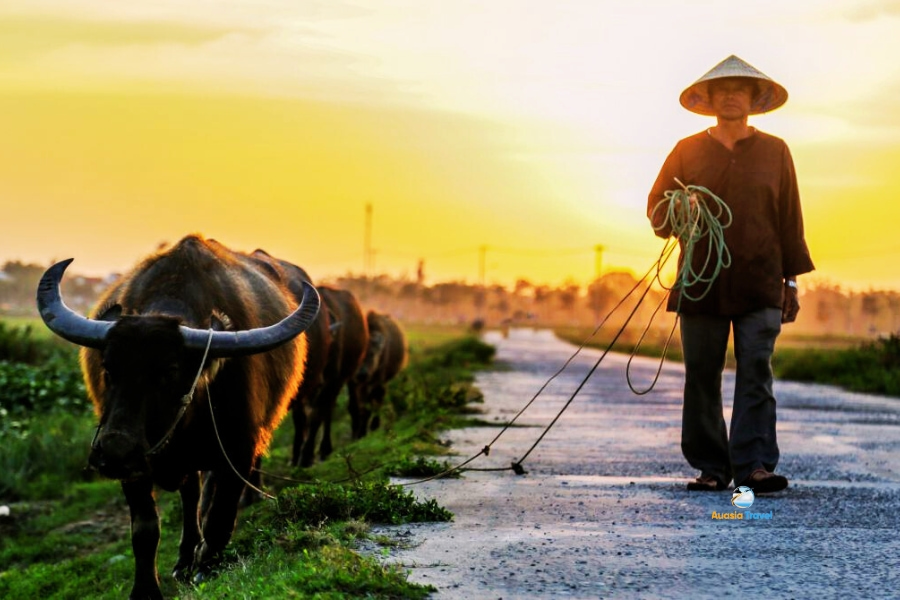
VI. Vietnam Travel Tips
Currency Exchange: The official currency is the Vietnamese Dong (VND). Exchange money in tourist areas or city centers for better rates. (1 USD ≈ 25,000 VND).
Drinking Water: Avoid tap water—opt for bottled water, available for around 25 cents. Even locals refrain from drinking tap water.
Safety & Belongings: Vietnam is generally safe, but petty theft can occur. Be cautious in crowded areas and ensure your valuables are well-protected. Wearing your backpack in front adds extra security.
Counterfeit Awareness: Beware of fake products and unreliable tour agencies. Avoid scams by choosing only reputable and well-reviewed suppliers.
Cultural Respect: Avoid touching anyone’s head, especially elders, as it is considered disrespectful.
Keep these tips in mind to make your trip safe, seamless, and memorable.
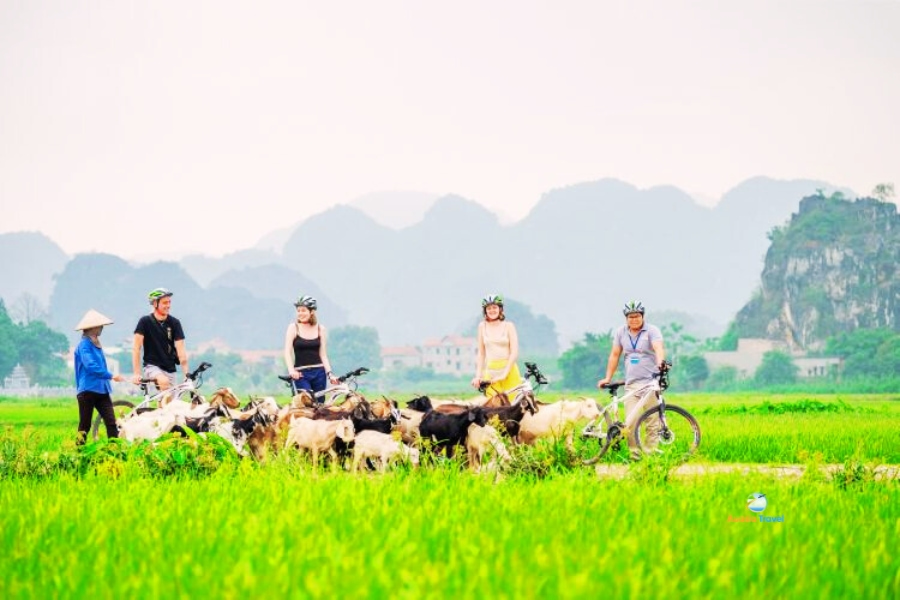
VII. Why Visit Vietnam?
Vietnam captivates travelers with its rich heritage, stunning landscapes, vibrant cities, and warm hospitality. Whether you’re seeking adventure, cultural experiences, beach relaxation, or culinary delights, Vietnam offers something for everyone.

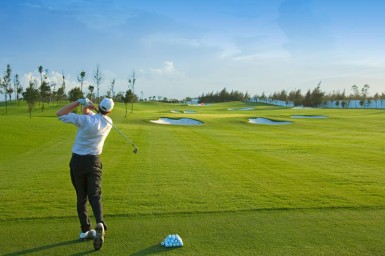
 United Arab Emirates
United Arab Emirates

 Australia
Australia

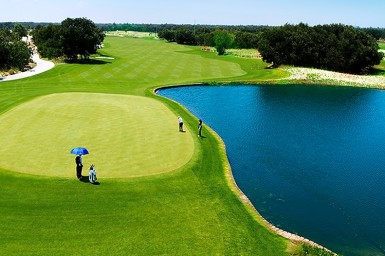
 Chile
Chile
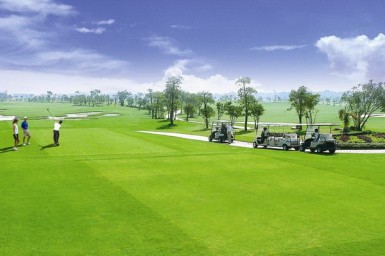
 Singapore
Singapore
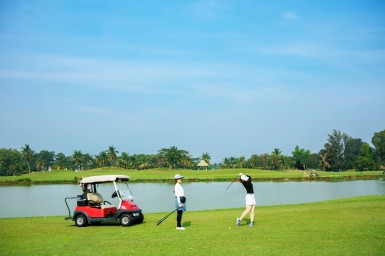
 Canada
Canada
_385x256.jpg)
 Mexico
Mexico
_385x256.jpg)
 Norway
Norway
_385x256.jpg)
 Poland
Poland
_385x256.jpg)
 Switzerland
Switzerland
_385x256.jpg)
 United Kingdom
United Kingdom
_385x256.jpg)
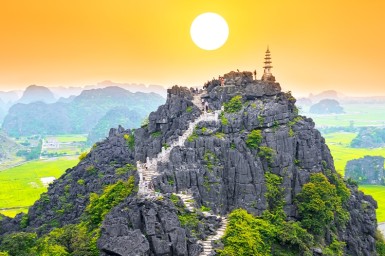
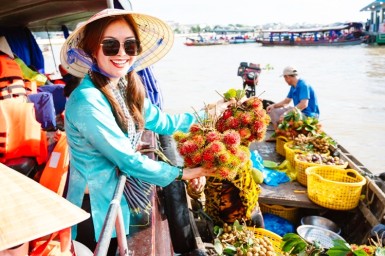
_385x256.jpg)